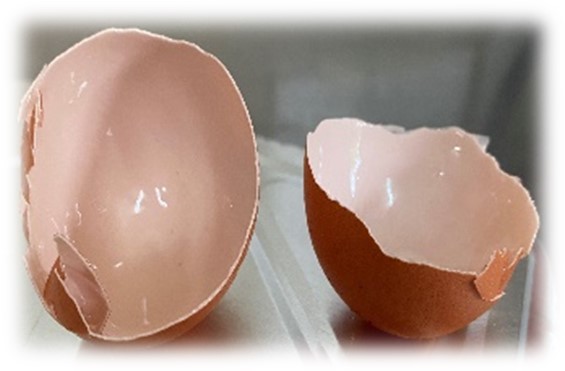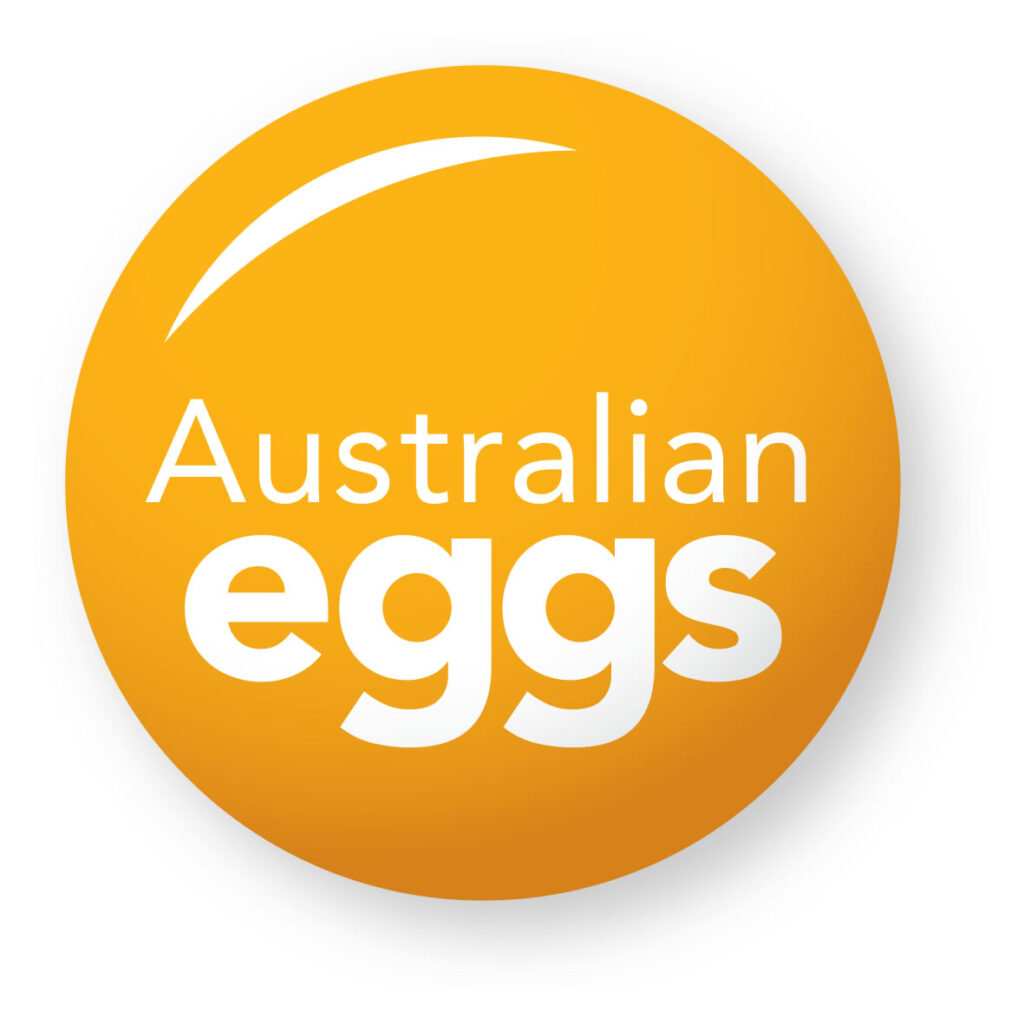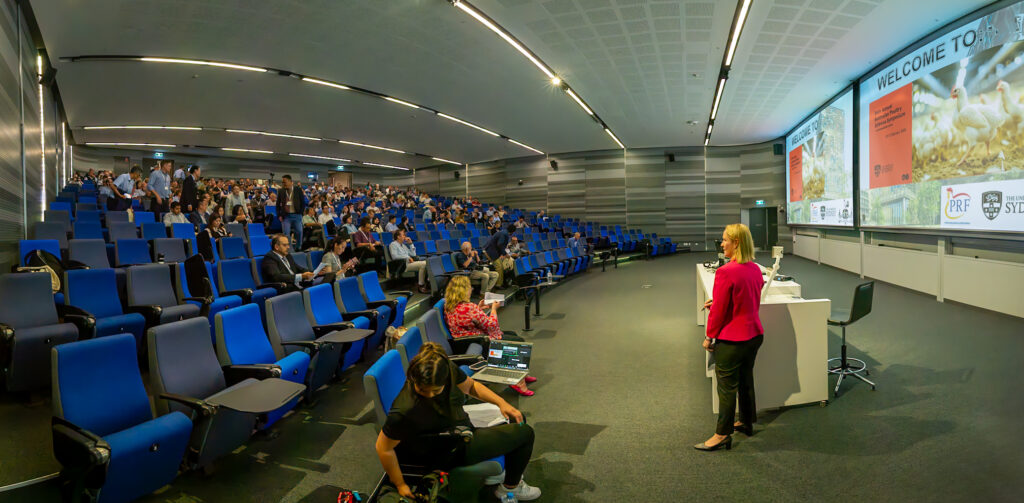Supporting Longevity in Egg Laying Hens
By Wendy Muir
As the global population continues to increase so does the need for food. To assist in meeting this demand egg producers are exploring opportunities to lengthen the egg laying phase of commercial flocks by 20 or more weeks. The aim is for each hen to produce 500 eggs by 100 weeks of age. This will also contribute to more effective use of resources.

However, to extend the egg laying cycle efficient use of feed, persistency of lay, sustained hen health and ongoing eggshell quality are required. In pursuit of these aims Australian Eggs recently funded two research projects led by Dr Wendy Muir which explored hen management through extended laying cycles, until the hens were 90 and 100 weeks of age. The results from both studies identified benefits of the lighter compared to heavier sized hens in these longer laying cycles. In brief, lighter hens

- – consumed less feed,
- – were more efficient at converting feed into egg mass.
- – continued to be comparatively lighter throughout production.
- – had more favourable bone and liver health
- – produced a comparable number of eggs, but egg size tended to be smaller.

Egg shell quality across the longer laying period was also evaluated. As hens age, eggshell quality becomes more variable increasing the likelihood of cracks and fractures. However, feeding a diet of higher nutrient density (higher energy and protein/kg) during early lay resulted in hens producing eggs with thicker shells that were also more resilient to breakage during the later stages of the laying cycle, compared to hens that had received a diet of lower nutrient density during early lay. The thicker and stronger shells are less likely to be damaged during egg handling, grading, and sale.

These studies identified that lighter hens are suitable for a longer laying cycle. Additionally, eggshell quality during late lay can be improved by feeding a more nutrient dense diet at the start of lay. More details about the findings from these projects can be found in these publications:
- Muir, W., Akter, Y., Bruerton, K., Groves, P. (2023). The role of hen body weight and diet nutrient density in an extended laying cycle. Poultry Science, 102(2). https://doi.org/10.1016/j.psj.2022.102338
- Muir, W.I. (2023). Extending layer hen lifespan: Studies in the Australian context. Proceedings of the 34th Australian Poultry Science Symposium, Sydney, Australia, February 6-8th. p. 98-105.
- Muir, W., Akter, Y., Bruerton, K., Groves, P. (2022). An evaluation of bird weight and diet nutrient density during early lay on ISA Brown performance, egg quality, bone characteristics, and liver health at 50 weeks of age. Poultry Science, 101(5), 101765. https://doi.org/10.1016/j.psj.2022.101765
- Muir, W., Akter, Y., Bruerton, K., Groves, P. (2022). The influence of hen size and diet nutrient density in early lay on hen performance, egg quality, and hen health in late lay. Poultry Science, 101(10), 1-13 https://doi.org/10.1016/j.psj.2022.102041
Latest news
Our events
- APSS 2025 Wrap-Up: Yet Another Record-Breaking Year!The Australian Poultry Science Symposium (APSS) 2025 has once again shattered records, cementing its place as the premier gathering for poultry industry professionals and researchers in the Asia-Pacific Region.
Connect with us:


